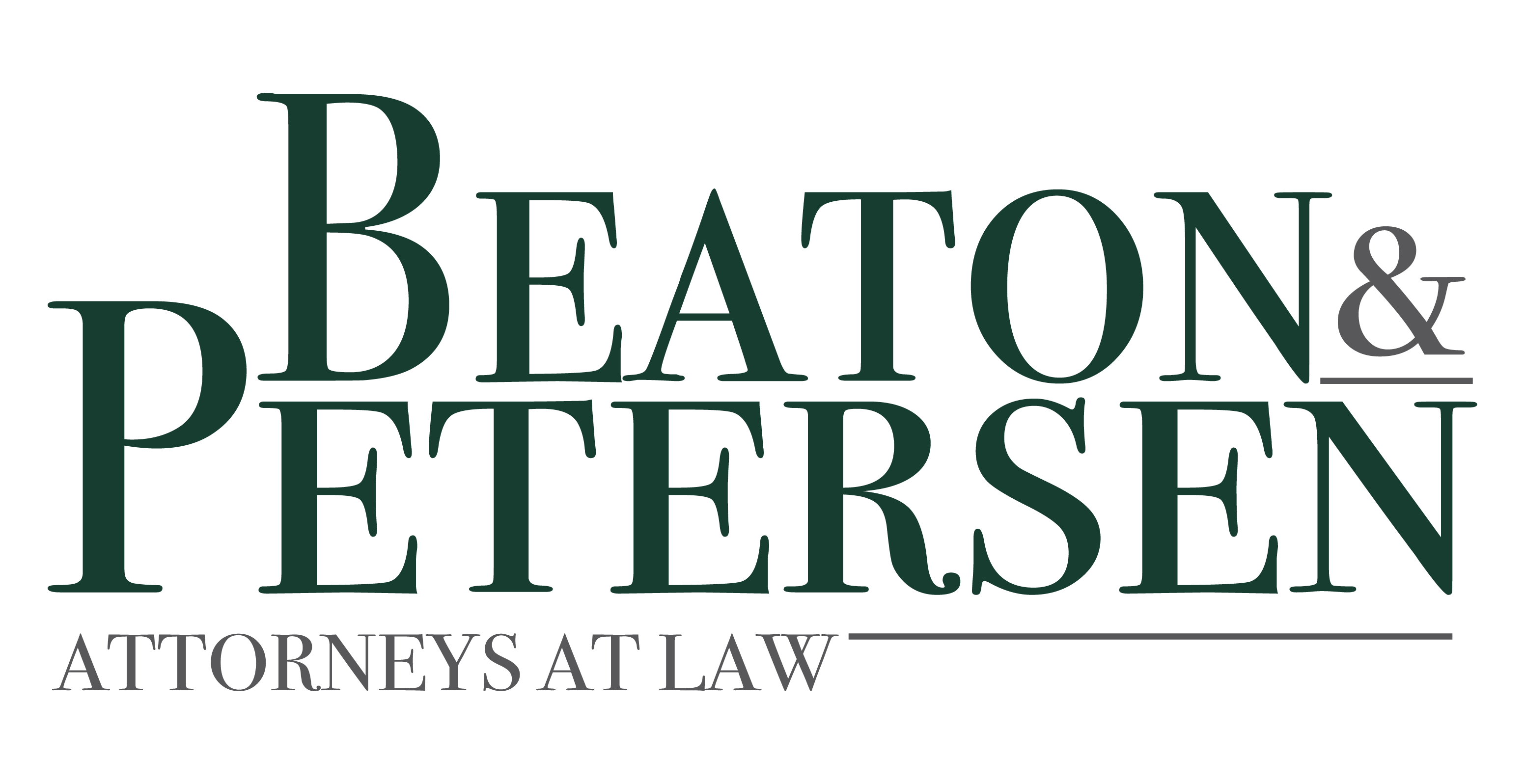Collaboration and the Path to Habitat Conservation
Partnerships among federal and state agencies, private parties, and non-governmental organizations play an important role in conserving fish and wildlife habitat. The importance of this collaboration for habitat protection and management is detailed in the State Wildlife Action Plan, which MassWildlife updated in order to receive funding under the U.S. Fish and Wildlife Service’s State Wildlife Grant Program. As noted by its authors, effective partnerships leverage limited economic and personnel resources and may facilitate efforts to achieve the Plan’s objectives for habitat conservation.
Potential Partners
According to the Plan, approximately 79% of the forestland in Massachusetts is privately owned, and only about 5% is early-successional habitat. Given this allocation, protection and management on a landscape-level appears daunting. Collaboration with MassWildlife and a combining of partnership resources, however, may ameliorate challenges. In this regard, MassWildlife’s history of effective conservation partnerships can inform future collaboration, particularly with non-governmental entities focused on wildlife and habitat.
For habitat protection and management, potential partners include municipalities, non-profit organizations, state and federal agencies, and private landowners and industry. While maintaining diverse constituent bases, these parties often share a common objective: passion for conserving natural resources. Non-profits and private landowners in particular may complement the expertise and leadership of federal and state wildlife professionals in conservation efforts.
This process has demonstrated appreciable results across the nation. For many years, wildlife organizations such as Pheasants Forever and Ducks Unlimited have partnered with federal, state and local interests in habitat improvement. Ducks Unlimited alone has conserved over 5.5 million acres of wetland habitat across the United States. Similarly, the Ruffed Grouse Society offers technical and financial assistance to public and private landowners to facilitate the conservation and management of young forest habitat. Focused on reversing the loss of early successional habitat, RGS assists species dependent on such habitat, particularly grouse and woodcock.
Local Collaboration
Groups like DU and RGS have contributed to Massachusetts based habitat projects through financial donations and personnel expertise. RGS’s trained staff provides landowners in Massachusetts with technical information for forest management along with assistance in securing funding for young forest habitat improvement. For example, RGS joined a team consisting of the U.S. Fish and Wildlife Service, the Wildlife Management Institute, Pheasants Forever, the Trustees of Reservations, and others seeking to provide landscape-scale habitat conservation for the New England Cottontail. Through the effort of this group, the New England Cottontail was recently removed as a candidate for listing as threatened or endangered under the Endangered Species Act.
The work of the Massachusetts Outdoor Heritage Foundation offers additional illustrations of project-based collaboration. Concerned sportsmen, sportswomen and conservationists, including George Darey (who remarkably served on the Massachusetts Fish and Wildlife Board for 38 years) and former director of MassWildlife Wayne McCallum established the Foundation to promote conservation. Through strategic partnerships, this non-profit organization focuses on protecting and enhancing wildlife habitat and promoting outdoor and recreational opportunities throughout Massachusetts.
To achieve these ends, the Foundation seeks to facilitate the work of MassWildlife and other wildlife organizations by providing funding for habitat management. Among its efforts, it partnered with Trout Unlimited, MassWildlife and others to restore brook trout habitat at the Gulf Brook Conservation Area in Pepperell, and sponsors local participation in the National Archery in the Schools Program. Most recently, the Foundation joined other partners in funding the introduction of the state-threatened Eastern Spadefoot Toad at the Southwick Wildlife Management Area. As part of this project, MassWildlife constructed breeding-pool basins which enabled the introduction of eggs, tadpoles and juvenile toads.
Exploring Ways to Advance Conservation
Seizing the momentum of these efforts and the Plan’s update, MassWildlife organized a highly lauded conference on wildlife habitat management on public and private lands. Held on October 24, 2015, this conference brought together a diverse array of representatives from land trusts, non-profit organizations, municipalities, the sporting community, and forestry and agricultural interests. Scientists, consultants, land managers and municipal officials supplemented MassWildlife presentations on tools for effective fish and wildlife habitat management.
Noted during the conference, MassWildlife’s Habitat Management Grant Program is demonstrative proof of the effectiveness of private and public partnerships. Through the Program, MassWildlife provides financial support to private landowners and municipalities for habitat management. In 2016, the Program’s first year, MassWildlife awarded over $320,000 to 13 applicants. In 2017, MassWildlife dispersed $317,000 in grants for 12 habitat management projects totaling over 534 acres.
The Massachusetts Forest Alliance recently conducted habitat management on a 100 acre parcel in Hawley and Ashfield utilizing a Program grant. The financial assistance from MassWildlife enabled the Alliance to implement selective harvests of low-value timber to improve the quality and value of growing stock while improving wildlife habitat for a variety of species. The active management of the property was possible only through this financial assistance, and the improved habitat will benefit at least 24 species cited in the Plan.
A fisheries forum hosted by MassWildlife and the Massachusetts and Rhode Island chapters of Trout Unlimited provides another example of a confluence of interests in habitat restoration. During this event hosted on March 19, 2017, MassWildlife staff discussed several conservation topics which intersected with TU’s priorities. The areas of common interest included the following: fisheries database management; the effects of climate change on brook trout habitat; and land acquisition centered on cold water fisheries.
The Red Brook restoration project in the southeastern portion of Massachusetts served as a keynote topic. A collaboration among MassWildlife, TU, the Trustees of Reservations, the A.D. Makepeace Company and others, the project involved the following: protection of over 883 acres of land, including a coastal trout stream; removal of 4 dams; and restoration of natural resources and species including brook trout, eels and pine barren habitat. Each organization deployed unique skills and resources from its bailiwick and contributed to the project’s success.
As these examples show, partnerships can enhance the conservation of fish and wildlife habitat in Massachusetts and beyond. The forging of viable public and private partnerships can leverage limited financial and personal resources and generate tangible results. In the years ahead, this paradigm will undoubtedly play a large role in the Plan’s implementation, and by correlation the success of fish and wildlife habitat conservation and management in Massachusetts.


